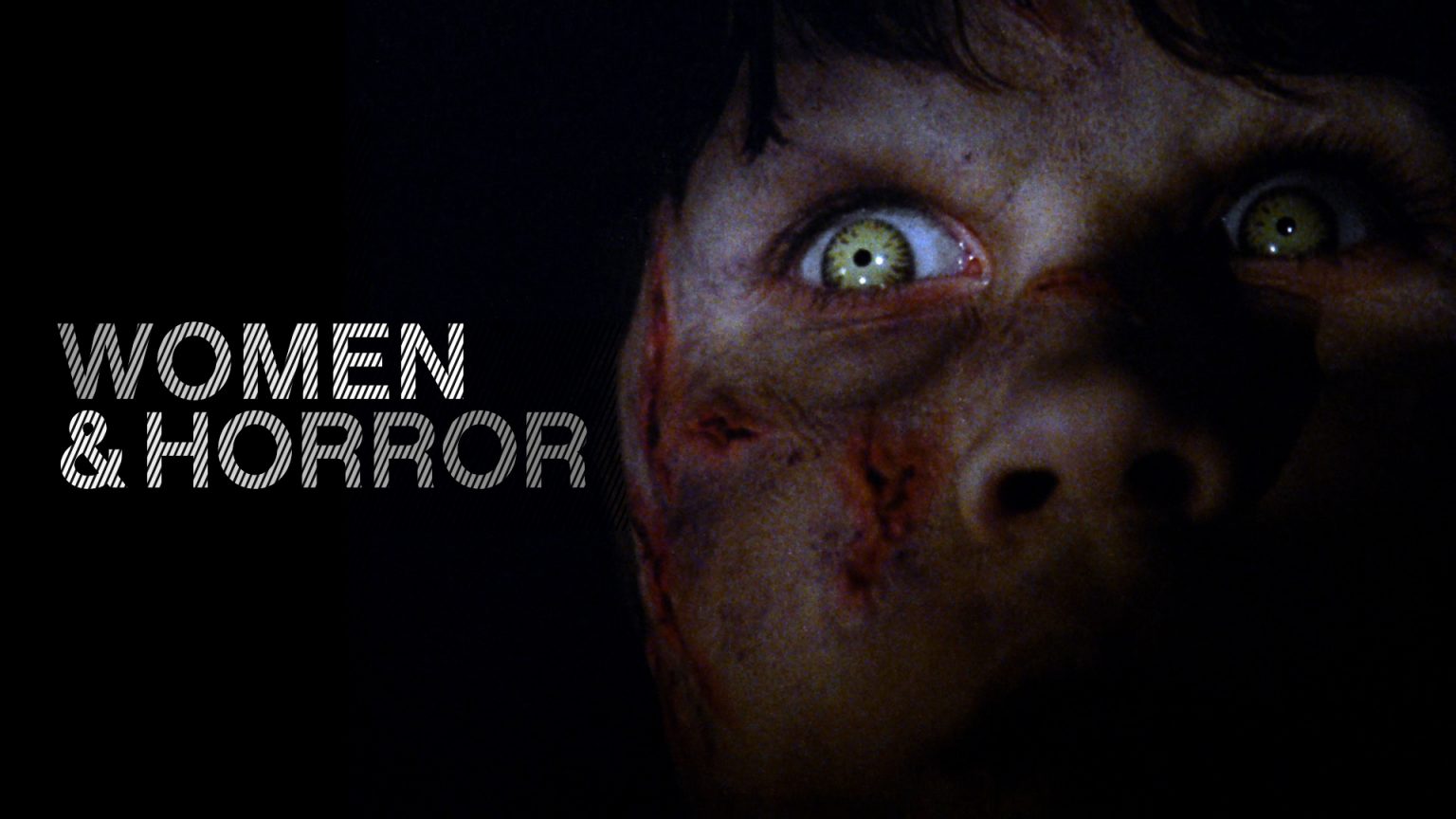It’s no secret that the battle for gender equality in Hollywood continues to intensify. With movements like Time’s Up, the amazing performances and achievements by the women nominated for Oscars, and the monstrous success of movies like Patty Jenkins’s Wonder Woman, key figures in the industry are making their voices heard in the effort to better the existing standards of female representation.
Even in many independent films, female characters are still often used to reiterate the dialogue delivered by men. In 2017, Jessica Chastain made her opinions loud and clear, after serving as a judge at the Cannes Film Festival, regarding how women are being treated (and represented) in the film:
“This is the first time I’ve watched 20 films in 10 days, and I love movies. And the one thing I really took away from this experience is how the world views women from the female characters that were represented. It was quite disturbing to me, to be honest – with some exceptions. I hope when we include female storytellers they will be more like the women I know in my day-to-day life. They are proactive, have their own point of view, and don’t just react to men around them.”
But while it might seem like we are too far gone regarding female representation in Hollywood, according to one recent study, there is a genre within the industry getting it right.
Film Dialogue By The Numbers
Of the 129 top-grossing films between 2006 and 2011, University of Southern California communications professor Stacy Smith found that fewer than 30 percent of the 5,839 characters were female. Not only that, but Smith also found that just half met the minimum criteria for the Bechdel Test, which calls for at least two female characters to talk about something other than a man.
Pretty staggering, huh? Granted, this study was completed with films released prior to 2012, a year when we received strong female performances in films such as The Hunger Games, Brave, Gravity, The Avengers and Pitch Perfect: movies that span a myriad of genres. Even now we have seen more female-driven films such as Atomic Blonde, Wonder Woman, Lady Bird, and Bad Moms, but still, those numbers are pretty horrifying.
Just last year, Google partnered with the Geena Davis Institute on Gender in Media (yes, that Geena Davis) to examine gender recognition in relation to screen time. The main objective of the study was to find out how viewers are absorbing dialogue in visual media. To put the results bluntly, the study found that audiences see and hear men twice as often as women. But there is one catch: the horror genre was the only exception.
The GDIGM study found that female characters receive 53 percent screen time within the horror genre and that 47 percent of the dialogue being spoken is by women. While you still might look at that and say it’s not enough, that’s a major improvement over just 36 percent screen time and 35 percent dialogue in other genres.
So Why Don’t We Recognize What Horror Does For Women?
The horror genre is often misrepresented as lacking depth or simply existing as a means to shock and scare audiences (at least in the pre-Get Outworld). It’s not easy to argue the positives of the genre in regards to gender equality to people who don’t enjoy movies filled with blood, guts, and screams.
Of course, there are female characters who are simply just victims within the horror genre, but the genre is changing the game by including women not just as victims but also as strong leaders, smart survivalists, and completely menacing villains. Even back in the 1970s, women in horror weren’t just treated as victims (or a beautiful nude body), as exemplified by iconic horror films such as The Exorcist, I Spit On Your Grave, Halloween, and The Texas Chainsaw Massacre.
To give a more recent example, Jordan Peele’s now Oscar-winning horror movie, Get Out, has a male lead character, but the way the film portrayed a white woman as the villain was something that we hadn’t really seen before. Why is this important? Because stories and character setups like this are usually organized the other way around. Allison Williams’ character not only flipped the narrative, but she had equal screen time to her male counterpart, as well as a high amount of dialogue that wasn’t just centered around the male characters.
Obviously, equality doesn’t end with equal screen time when you have other issues such as sexual harassment and pay gaps on the table, but if you are upset over the state of female representation in the film I would suggest grabbing your security blanket and watching some horror movies. While it’s not perfect, I think anyone would be pleasantly surprised with the amount of positivity that exists within the genre and how it has made big strides to equally represent women and men. It’s time for other genres to take some notes on what horror has done for women.
After all, without the horror genre, we wouldn’t have iconic female characters such as Laurie Strode, Carrie White, Lorraine Warren, Amanda Young, Nancy Downs, and many more. Not only has inclusiveness in horror always been there but it’s continuously evolved and changed the way women are viewed—and the way women view themselves. If the genre has done this much up to 2018, I am hopeful for what other strides it will continue to make for women in the future.




